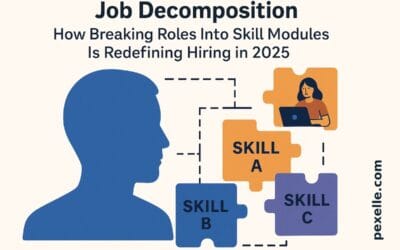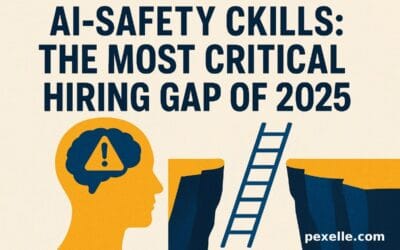5 Key Tips for Developing Personal Skills While Working on Practical Projects

In today’s fast-paced professional world, personal skill development isn’t a luxury—it’s a necessity. Especially for individuals engaged in hands-on, real-world projects, the opportunity to grow soft and hard skills is immense. But without a structured approach, many miss out on the full value of this growth potential. Here are five essential strategies to help you cultivate personal skills effectively while working on practical projects.
1. Set Dual Goals: Project Outcomes & Personal Growth
When starting a new project, most people focus solely on the end result. However, aligning your project objectives with personal development goals can multiply the value of your work. For instance, if you’re managing a team for the first time, treat the experience as a leadership training ground. Define clear, measurable skill-based goals—such as improving communication, time management, or problem-solving—and regularly evaluate your progress.
Tip: Keep a simple personal development log. At the end of each workweek, write down which skills you exercised and what lessons you learned.
2. Reflect on Challenges—They’re Skill Builders in Disguise
Every practical project comes with its share of obstacles. These moments, while frustrating, are actually prime learning opportunities. Whether you’re dealing with team conflict, tight deadlines, or resource limitations, each challenge pushes you to strengthen critical soft skills like adaptability, resilience, and critical thinking.
Instead of avoiding or rushing through problems, take a step back to analyze them:
- What went wrong?
- How did you respond emotionally and logically?
- What would you do differently next time?
This habit of reflection transforms setbacks into structured skill-building exercises.
3. Seek Feedback Consistently—Not Just at the End
Many professionals wait until the end of a project for performance reviews or feedback. But real-time feedback can dramatically accelerate personal growth. Ask teammates, mentors, or clients for specific, constructive input on how you’re handling communication, collaboration, and technical tasks.
For example, if you’re giving a presentation or leading a meeting, ask a trusted colleague afterward:
“How clear was my message? Did I keep the team engaged?”
Bonus: Give feedback to others, too. It sharpens your emotional intelligence and empathy—two cornerstones of personal development.
4. Volunteer for Roles Outside Your Comfort Zone
If you always take on the same tasks in group projects, your skill set may plateau. To foster growth, step into unfamiliar roles. For instance, if you’re a technical expert, try leading a client meeting or managing part of the project budget. These experiences stretch your abilities and reveal hidden talents.
Even if you feel underqualified at first, taking on new challenges sends a powerful message to both yourself and others:
You’re committed to growth.
5. Practice Active Learning—Integrate What You Learn Into the Next Project
Learning doesn’t end once a project is over. The best professionals treat each project as a building block for the next. Make time to review what personal skills you developed, and consciously plan how to apply them in your upcoming work. Whether it’s improved negotiation tactics, better stress management, or refined creative thinking, don’t let lessons learned fade with the project’s completion.
Try This: After every project, write a “Personal Project Debrief” where you summarize:
- What skills you worked on
- Where you improved
- What you still need to develop
- How you’ll implement changes in future work
Final Thoughts
Practical projects are more than just stepping stones in your career—they’re dynamic environments rich with opportunities for personal growth. By being intentional, reflective, and proactive, you can turn every project into a powerful development platform. Over time, this approach doesn’t just make you better at your job—it transforms you into a more adaptable, capable, and self-aware professional.
Source : Medium.com





Great article! It’s refreshing to see the value of AI tools being highlighted so clearly. For those diving into marketing automation, the AI Ad Creative Assistant is a game-changer for streamlining creative workflows.